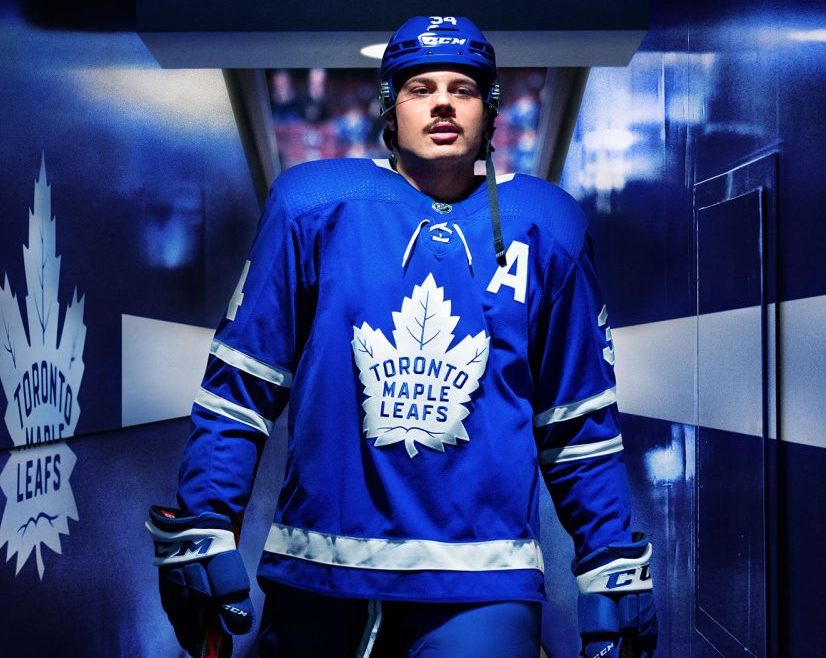The puck has dropped on a new National Hockey League season, which sees the return of full capacity crowds made up of raucous fans. This is yet another step towards normalcy during this lengthening worldwide pandemic, which originally shut professional sports down, then caused them to return without fans. Well, hockey at least. They first came back to the ice within what was called a bubble, before creating new divisions that prevented international travel during the following season.
To complement the excitement and action of the National Hockey League’s 2021-2022 campaign, EA Sports has released the next iteration in its long-running video game adaptation, which is aptly titled NHL 22. Thankfully, this first outing on the slightly new Xbox Series and PlayStation 5 consoles doesn’t suffer from the same fate that NHL 15 did, when it made a late appearance on last-gen hardware back when it was in its infancy.
Featuring Toronto Maple Leafs star, Rocket Richard trophy winner and my favourite player, Auston Matthews, on its cover, NHL 22 is a pretty new beast. Gone is the series’ old, dated engine, which has finally been replaced by the Frostbite Engine after many wishes, complaints and pleas from fans. The result is a game that feels fresh, different and more realistic than those which came before it. Although they were good, even a big fan like me would admit that they didn’t evolve as much as they could’ve year over year. The enjoyment level was always high, though, and I could tell that effort was put into changing things up, even if it those changes feel minimal in comparison to a reworked experience like this.
The first thing you’ll notice when you boot up the game is a reworked menu system. They’ve removed the dark themed checkerboard menu system from the last number of years, and in its place is a light and much more streamlined navigation tool, which separates the offline modes from the online ones. It’s not too basic, however, because high resolution images of star players don its side, and some impressive videos also play from time to time.
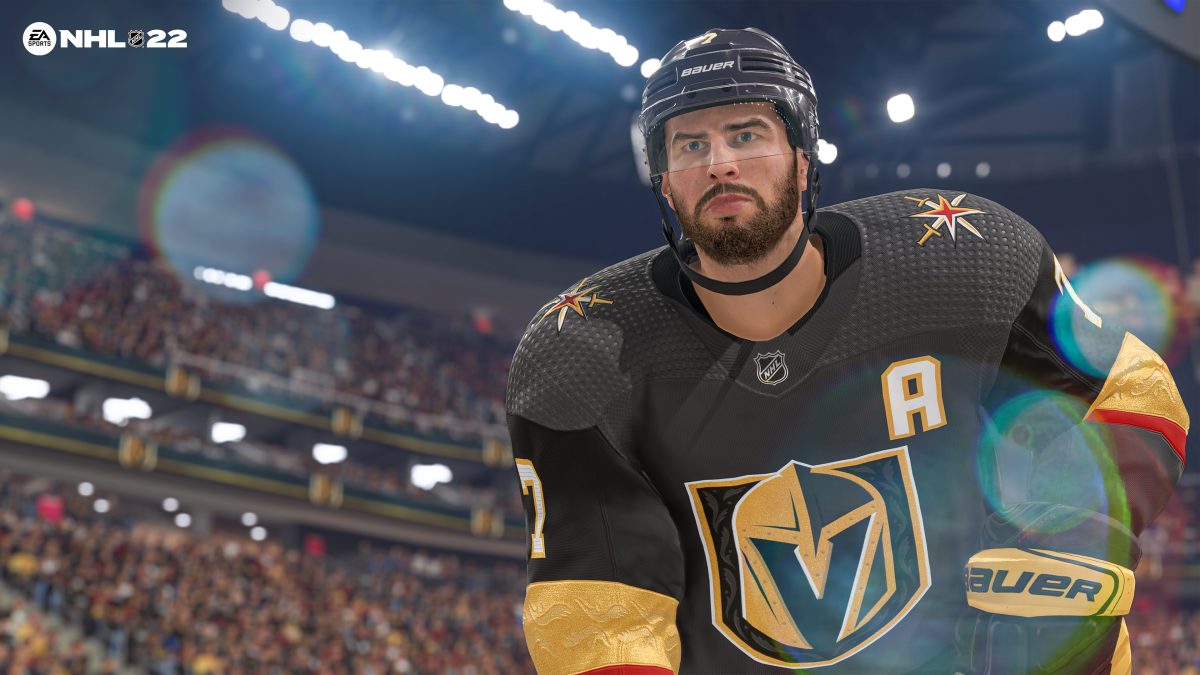
I’ve seen some complaints about this online, but I honestly like the change. While the menu isn’t the most unique thing on the market, it’s simpler and easier to use than the previous iteration. You could only pin your three favourite game modes to the first page of that, and would have to go down and cycle through numerous similar squares in order to find any other mode you wished to play. Plus, I like light themes.
Before we get to the revamped gameplay, let’s talk about the modes. It’s a list in which all of the famous players still remain, from Be a Pro, Season and Franchise Modes to World of CHEL, Threes, Ones, Hockey Ultimate Team (aka. HUT) and shootout scenarios. Of course, these are just a selection of the available options, although I’ve listed most of the noteworthy ones outside of Play Now (exhibitions). All of these have also received some updates, both in terms of gameplay and functionality. For instance, World of CHEL has a new menu, more player attributes and gameplay that is noticeably more responsive, while Hockey Ultimate Team offers customizable synergies, X-Factor cards and more.
Be a Pro, meanwhile, continues to incorporate elements of both previous modes and the short lived Live the Life mode from NHL 14. Thus, it’s a mixture of hockey and RPG elements, wherein you’re stuck in the body of one particular (created) player and control their career from its infancy through to retirement. The goal, of course, is to win as many Stanley Cups as you can, and on different teams if possible. However, the core experience revolves around playing well, keeping your team and coach happy, dealing with the media and choosing how to both train and spend your earned money.
Needless to say, it’s more involved than it used to be, although I’m talking previous to NHL 21. Even then, enhancements have been made, and things feel better. They’re still kind of glitchy right now, though, because I noticed a couple of things that stood out.
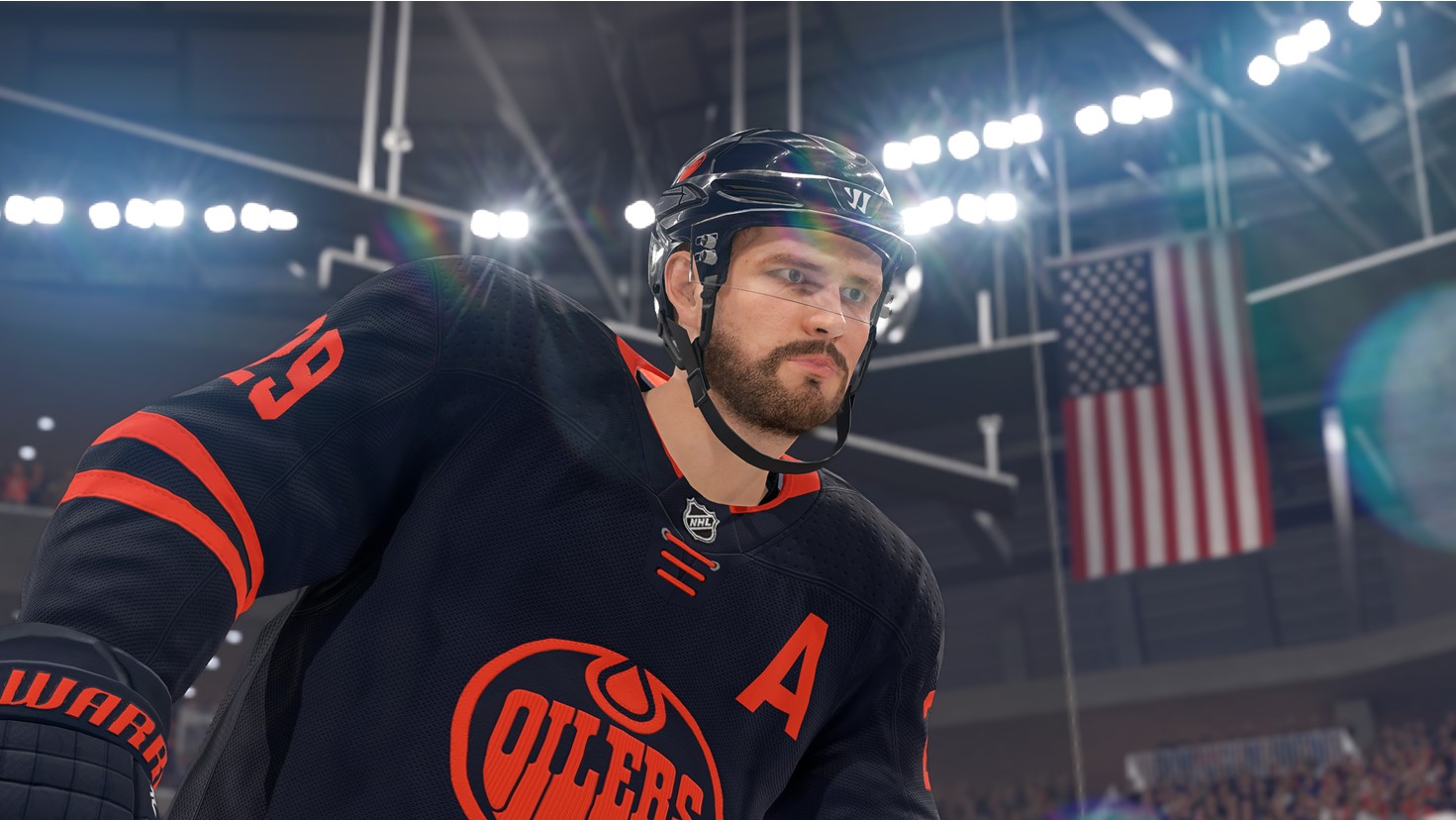
First, one of the cutscenes that showed my player skating over and talking to his coach was noticeably low resolution, and managed to remove facial details from both my player and others. Things like beards, for instance. I’ve only seen this once, though.
Secondly, and more important, I’ve been promoted to the first line twice but it’s never actually happened. After a couple of games without points, I caught fire in the preseason, and played well enough to guarantee myself a spot on the roster. Even better, I was tasked with playing with John Tavares and Nick Ritchie on the Leafs’ second line, as a right-handed left winger. However, after playing very well all over the ice, the coach pulled me aside several games in and told me that I would be slotting in on the top line, presumably with Matthews and Marner, but that didn’t happen. In the next game, I was back on the same line I was on previously, except I was moved to the right wing after Kase got injured.
I chocked this up as a pre-launch glitch, but then it happened after the next game too. After playing well, the coach pulled me aside and delivered the good news, at which point I got to respond with my promises and thank yous once again. However, as was the case in the previous game, I once again started on the bench, as Matthews, Marner and Nylander lined up together. Here’s hoping this will be fixed, because it’s a notable issue. Not something game breaking, especially since I’d expect it’d be difficult to take any of those players’ spots in real life, but definitely a problem.
Be a Pro is a lot of fun, though, and once I got the hang of it I started to enjoy it more than I have in a while. I’m on fire, which might mean that a change from Pro to All-Star difficulty may be in order.
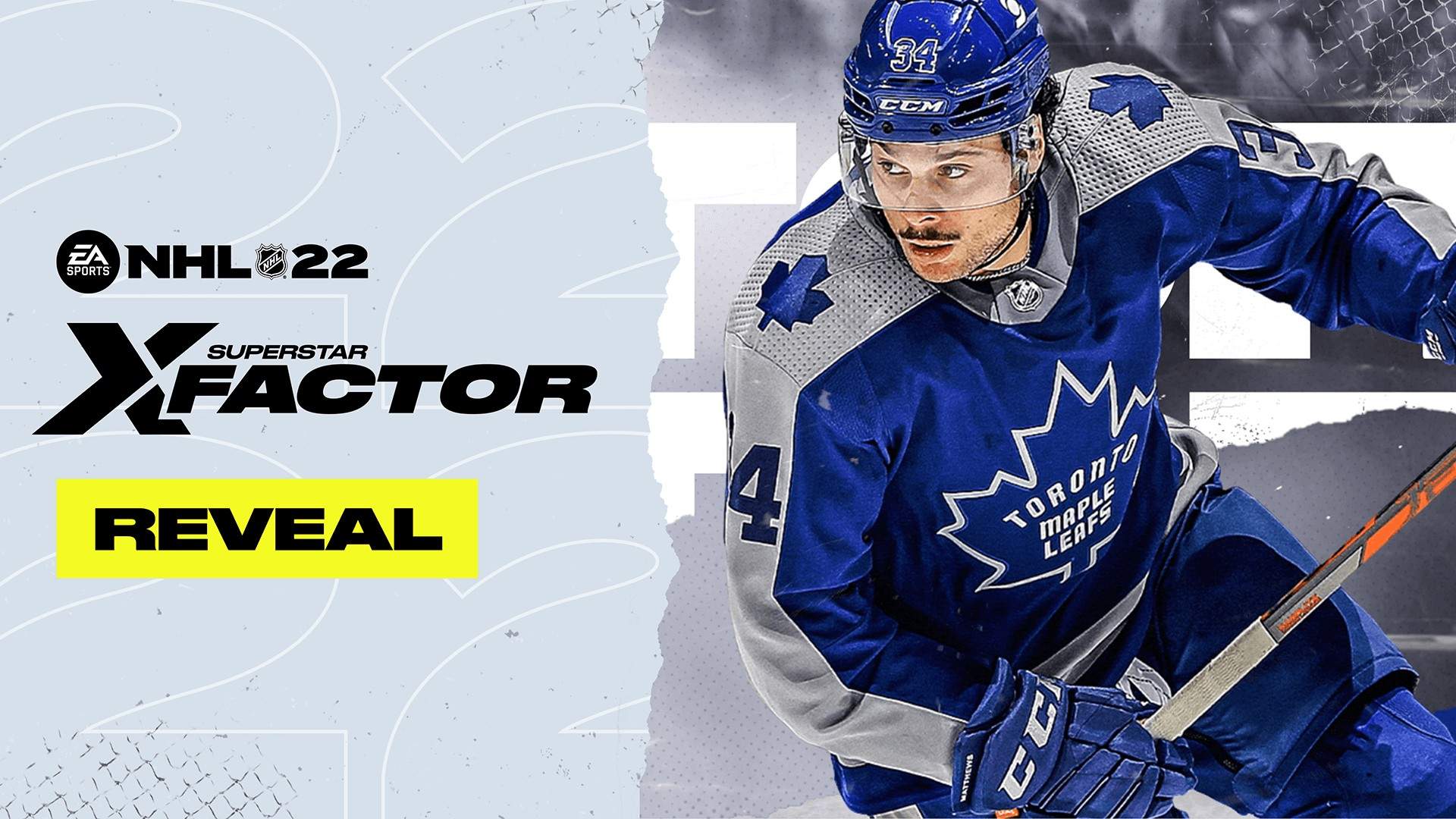
You’ll likely recall that I mentioned X-Factors above. Those are new abilities that only fifty of the League’s best superstars possess, including Auston Matthews and his Shock and Awe X-Factor, which involves his patented deke and quick release move. Mitch Marner has one pertaining to assists, as does Leon Draisaitl, while others possess X-Factors in the following categories: Skating, Shooting, Passing, Defending, Goaltending and Hockey IQ. Each category has a few to several different ones, and they definitely impact the game. You’ll even see special presentation elements and highlights when you pull one off.
Your Be a Pro player can earn abilities and X-Factors, although it takes time and effort. Keep playing and you’ll potentially end up being the best player of all time, too. Just go in knowing that, while a lot of work was put into NHL 22, a large part of the social gameplay found in this mode has been brought back from NHL 21, including some meeting dialogue options and radio show callers.
The Frostbite Engine has brought more than just revamped modes and X-Factors to NHL 22, however. In fact, it’s made a noticeable impact on the core experience. Things feel more realistic, the players have more weight to them, collisions are more organic, and desperation plays are both faster and more lifelike. Gone is the delay that seemed to always be there when you got the puck and needed to clear it quickly. You can shoot faster, and it’s helpful.
What’s also nice is that the issue that led to far too many tripping calls in previous games has finally been rectified! I used to get a lot of them, either from poke checks or from guys skating into me when I laid down to block shots, but it was rarely consistent. On top of that, they’ve also lessened the ease at which one can pull off one-timers, which should eliminate a bunch of online frustration due to ‘glitch goals.’
I’ve been playing on All-Star outside of Be a Pro, and things are pretty challenging therein. The opponent AI plays with more thought and intelligence, goalies make some impressive saves, and it’s a lot harder to line up the thunderous bodychecks that I would commit many of during each game in previous years.
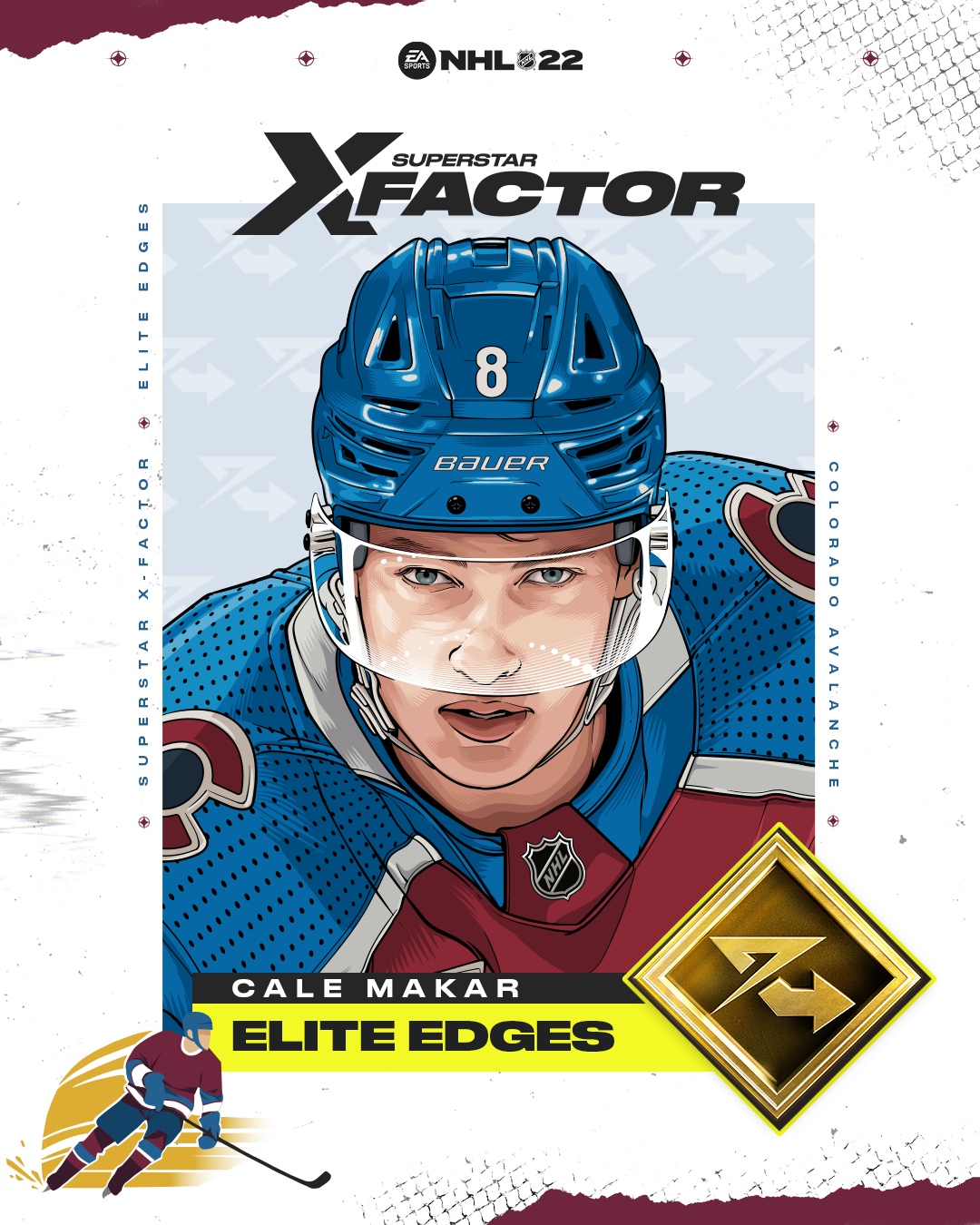
I’d be lying if I said that I was able to jump right into this thing and be great, because that wasn’t the case. Although NHL 21 and NHL 20 were two of my most played games over the last number of years, I had to get used to this new engine, this more realistic gameplay and the shooting. It’s definitely more polished and realistic, but it takes some time to get used to before it clicks.
You’ll also notice that the puck behaves better. It will bounce off your stick if you’re not careful, and must be taken care of intelligently. By that, I mean making sure that your passes are crisp and not overly powerful, to prevent your teammates from bobbling the puck or losing it altogether.
I was sent the PlayStation 5 version of NHL 22, after playing almost every one of the last fourteen or fifteen on Xbox 360 or Xbox One. I think NHL 17 was the only exception, because I reviewed it on PlayStation 4. That said, I grew up playing this series on Super Nintendo (from NHLPA ’93 on), then Nintendo 64 and (occasionally) PlayStation, before moving on to PlayStation 2 and Xbox 360. I’ve been around for a while.
The DualSense controller is different, though. Its joysticks are unique, and its special triggers allow you to choose the strength of your pass. I’m sure it’s similar on Xbox Series, but cannot say for sure. What likely isn’t the same, though, is what comes out of the controller’s speaker.
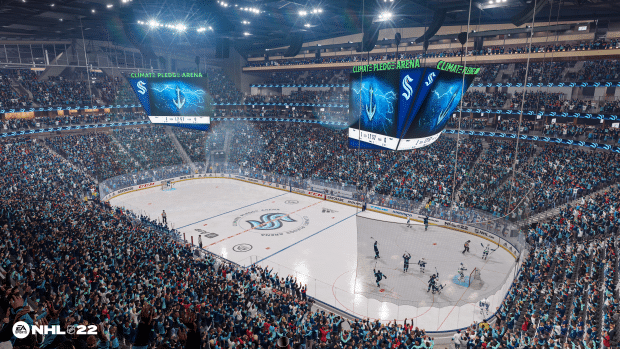
To be completely honest, I was slightly startled by the loud goal horn that emitted from my controller the first time I scored in the Stanley Cup game, which was the only thing I could play while the rest of the title was downloading. It was loud! So, too, was the music that followed, all of which was taken from this iteration’s solid soundtrack. Even when I turned the volume down to half (for the controller, I mean), I still got some really loud goal horns and worried they may wake my roommates up.
Other sounds come through the speakers, too. For starters, there’s some skating sound effects, coaches calling for line changes and some other miscellaneous hockey terms. There’s a lot of rumble going on as well, because there’s even a continuous light rumble when you’re skating up or down the ice. It’s definitely different, and takes some time getting used to, but I think I like it.
Those goal horns are insanely loud though!
What you’ll also likely notice is that the scope of NHL 22‘s presentation has been increased. Visual overlays often cover the faceoff circles, showing stats from one player on each team. The goal effects have also been redone, and each NHL arena has its own lighting. Thus, playing in Madison Square Garden will feel different from playing at the Scotiabank Arena. Not to mention the fact that the arenas themselves look great.
Many of the player models do as well. Star players generally look great, and almost lifelike, along with their incredibly detailed jerseys. This goes for the players who were scanned, though, and have been over the years. Less notable NHLers don’t always look exactly like they do in real life, and some liberties have been taken with some of the hundreds of real-life folks involved in the sport, its biggest League and the others that exist within this game.
The Seattle Kraken are also included for the first time ever, having played their first ever game just the other night. As such, NHL 22 welcomes a new city and audience into the fold, just like the real life League. Their jerseys also pop nicely, thanks to some impressive visuals and upgraded jersey tech that looks downright fantastic. I was stunned by the Leafs’ jerseys during close-ups in Be a Pro.
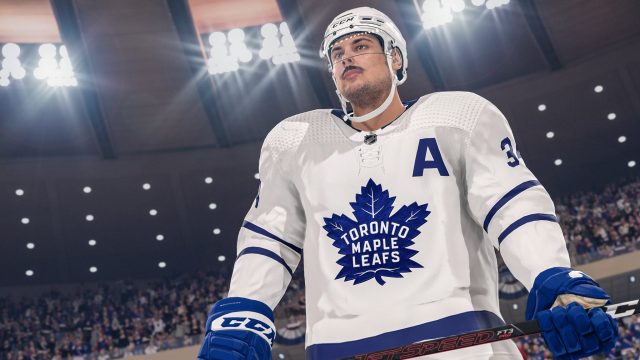
Now, let’s touch on the sound, which once again features broadcasting from James Cybulski and Ray Ferraro, the latter of whom I’m a big fan of. Both do a rather good job, although Cybulski’s voice is sometimes quite loud and a bit much. They’re now joined by a female commentator, who often talks about players’ X-Factors or which player she thinks has been the best each game. This was fine at first, but I got sick of hearing about how Matthews’ Shock and Awe ability works.
On top of that, there are improved in-game effects, the aforementioned sounds that come out of the PS5 controller and a good licensed soundtrack. While it’s not exactly full of music I listen to on an everyday basis, I have enjoyed most of what I’ve heard. Highlights include ‘Wait a Minute My Girl’ by Volbeat, ‘Saturday’ by Twenty One Pilots, ‘Greatest Enemy’ by the Strumbellas, ‘Boilermaker’ by Royal Blood, ‘Cutthroat’ by Imagine Dragons, ‘You Can Get It’ by Arkells, and ‘Good as Gold’ by the iconic Dropkick Murphys. Those, plus songs by numerous artists I’ve never heard of before. Then again, I generally listen to metal.
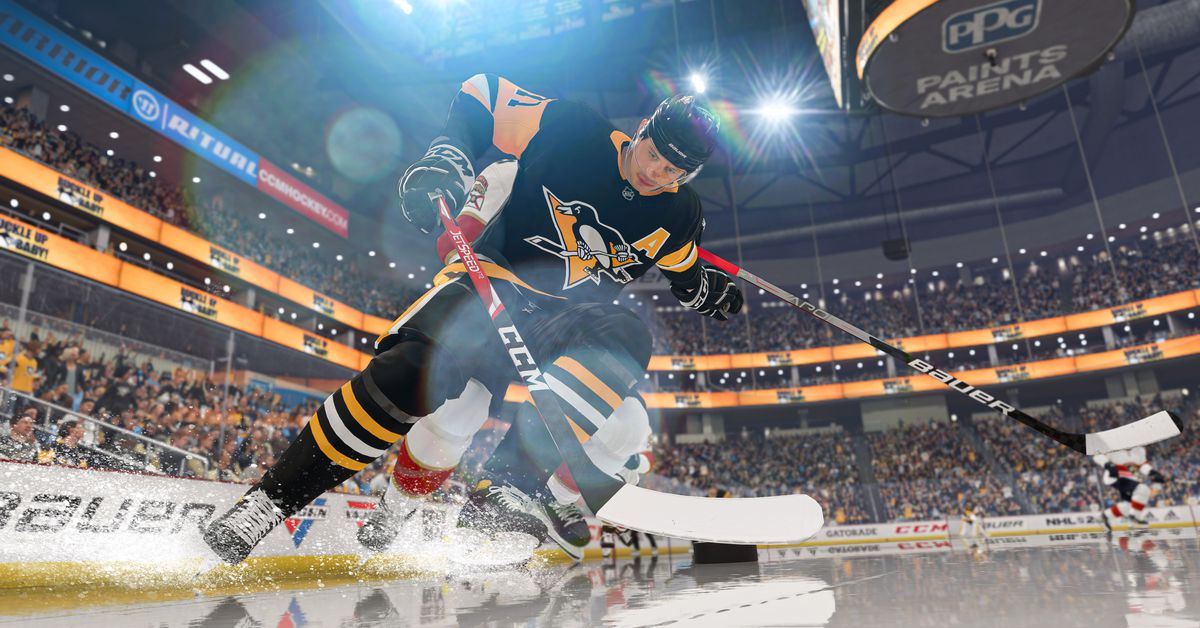
There are some things I hope to see improved, however. This includes lag, which I experienced in both of my first two online matches, despite having improved my Internet connection just a couple of months ago. Another is server issues, which I experienced while trying to play World of CHEL. Here’s hoping that these are just pre-release jitters that will be fixed before or during launch, or with quick patches. That said, I’ve always noticed a bit of lag in Online Versus, dating back years. Not in every individual match, but in too many for it to be a coincidence. Sometimes it would go away if I reset my modem, but not always. I even talked to a friend who lives in a big city, who told me that he experienced lag despite a great, urban, Internet connection, and someone online who commented about lag in the early access version of this game.
Since hockey is so fast, and requires so much fluidity, this is something EA needs to address as soon as possible.
With all that having been said, I probably don’t need to state that I’m very impressed with NHL 22, despite some unfortunate but fixable issues around release. The core gameplay experience has benefited greatly from the move to the Frostbite Engine, and I look forward to seeing how much it improves down the line as the team has more time to work with and fine tune it.
If you love hockey, you can’t go wrong with NHL 22. The same is also true if you’re someone who skipped recent entries, because you felt they were just more of the same. This is a new, fresh and improved experience that is worth picking up.
This review is based on the PlayStation 5 version of the game, which we were provided.

